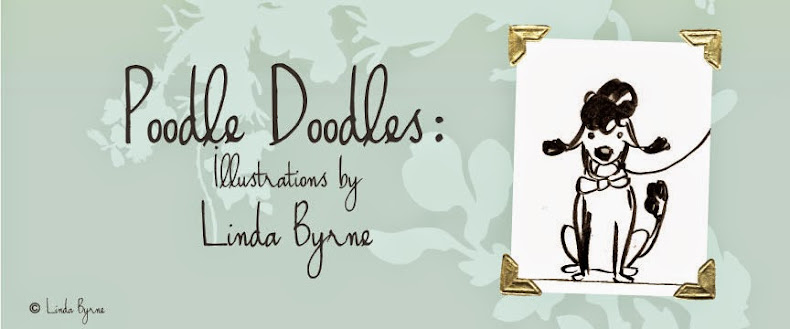AIDAN DUNNE The Irish Times June 2010
THINK OF THE country’s fine-art graduates as the canaries in the coal mine, their exhibitions a means of gauging the national mood. The graduates have come through long training in articulating the issues and concerns closest to their hearts and minds. There are lots of pressures on them, but they have also been in a relatively privileged position. For the moment their task is basically to express themselves in whatever way they think best. It’s a tough world out there, and many of them may not get that chance again.
They have experienced boom and bust, seen the institutions of church and state thrown into disrepute, seen their own futures mortgaged. So what, judging by the work they’ve chosen to exhibit, has preoccupied them most? Some have certainly been thinking about the property-price bubble and the nature and implications of the development that took place. Questions of corporate and personal responsibility have been explored. There was some focus on environmental issues.
At Dún Laoghaire Institute of Art, Design and Technology, Brian Brady’s photographic documentation of Dublin’s docklands captured the sense of incompleteness that attends the project, the new juxtaposed with the old, the half-finished blocks and the looming, inactive cranes. Katie Togher at Dublin Institute of Technology used photography effectively as well, to look at rural depopulation and renewal. Also at DIT, in her staged video work, Laura Smith very ambitiously sets about exploring the parallels between personal and public life and relationships in Ireland, from kitchen to boardroom. In their adjacent installations at the National College of Art Design, Niamh Moriarty and Isabelle Crowe looked at personal, proactive approaches to questions of environmental sustainability.
Crime, social and personal space, institutional and architectonic spaces – with a particular interest in “non-spaces” such as car parks and motorways – all featured. Elina Pajo, at IADT, looked at the car park as a class of place in itself. NCAD’s Grace McEvoy considered our relationship to the transitional non-spaces of our growing motorway network. Neil Carroll, also at NCAD, encouraged a more analytical interaction with architecture, and Derek Birmingham, at IADT, documented the scenes of gangland killings. At DIT Róisín O’Brien’s evocation of a threatening space was genuinely unsettling, while Grace Campion at NCAD displayed real feeling for shaping and manipulating space with her subtle installation.
Domestic space, a subject approached in various ways, including Julianne Knowles’s inventive anatomisation of a house at IADT, deserves a separate mention. Heather Gray, also at IADT, came up with a brilliant variation on this with her installation composed of a network of connected kitchen appliances running riot.
Relational aesthetics, within which the artwork hinges on social interactions rather than any resultant record or documentation, made up a sizeable segment of activity. Bláithín Quinn at IADT is clearly already involved in this area with TransColonia.
Some concerns persist every year. These include an autobiographical fascination with childhood, family, growing up, motherhood and identity. Christina Ebel at DIT offered a particularly fine, thoughtful example. Gender roles and interpersonal relationships also featured, as ever, and consideration was given to the state of the feminist movement in Emma Jane Geraghty’s conversational record at DIT. There was also an interest in the realities of illness and ageing, as in the work of Holy Maura Foley at IADT and Hadassa Indio Molnár at DIT. Obsessiveness is a recurrent subject, and it was much in evidence this year, from obsessive-compulsive disorders to an intriguing interest in loners and recluses, evident in some striking installation pieces at IADT.
Critical theory is always with us, and several, mostly French, theorists and philosophers were name-checked very inventively in Aoibheann Greenan’s NCAD installation, which set out to visualise Jean Baudrillard’s notion of hyper-reality. There were high production values but also a dry archness to Lisa Marie Johnston’s NCAD dissertation on the ownership and availability of cultural meaning.
As with Johnston’s video, a certain amount of deconstruction is usually in evidence, and this year several graduates have set about deconstructing the process of making a painting – with limited success, on the whole. Indeed, with a few notable exceptions, one felt that the actual business of making a painting, or a drawing, was taken too much for granted. The same doesn’t hold true for photography or video, where it’s accepted that you have to know, technically, what you’re doing.
At the moment the dominant view of artistic expression holds that pretty much all meaning is socially constructed and all artistic expression should be socially relevant – or is, otherwise, largely irrelevant. There are, it must be said, both academic professionals and aspiring artists who don’t necessarily go along with this view, and, on the evidence of pretty much every degree show, that’s a good thing.
There was work that was hard to categorise in all three graduate shows, and some of this was the best. Two NCAD MAs, for example, revisit minimalism. Kohei Nakata’s paintings, with their calm, radiant surfaces (they are about ambiguity, he notes), and Tom O’Dea’s wall-mounted sculptural pieces, made with a wide variety of materials but with a consistently precise sensibility, would stand out in any context.
Ruth Clinton, an NCAD BA graduate, showed remarkable videos, one introducing us to the surreal landscape of the inside of a church organ. She has a striking imagination and is surely one to watch.
George Warren, at DIT, wasn’t alone in immersing himself in a moody, inward-looking, hermetic mode of painting, somewhere between Patrick Hall and Tjibbe Hooghiemstra, perhaps, but his work was compelling and not averse to taking risks. At IADT, Ailing Connolly’s impossibly intricate drawings were flawlessly well made, while Lucy Murphy’s beautiful mixed-media pieces merged human with natural forms and textures.
